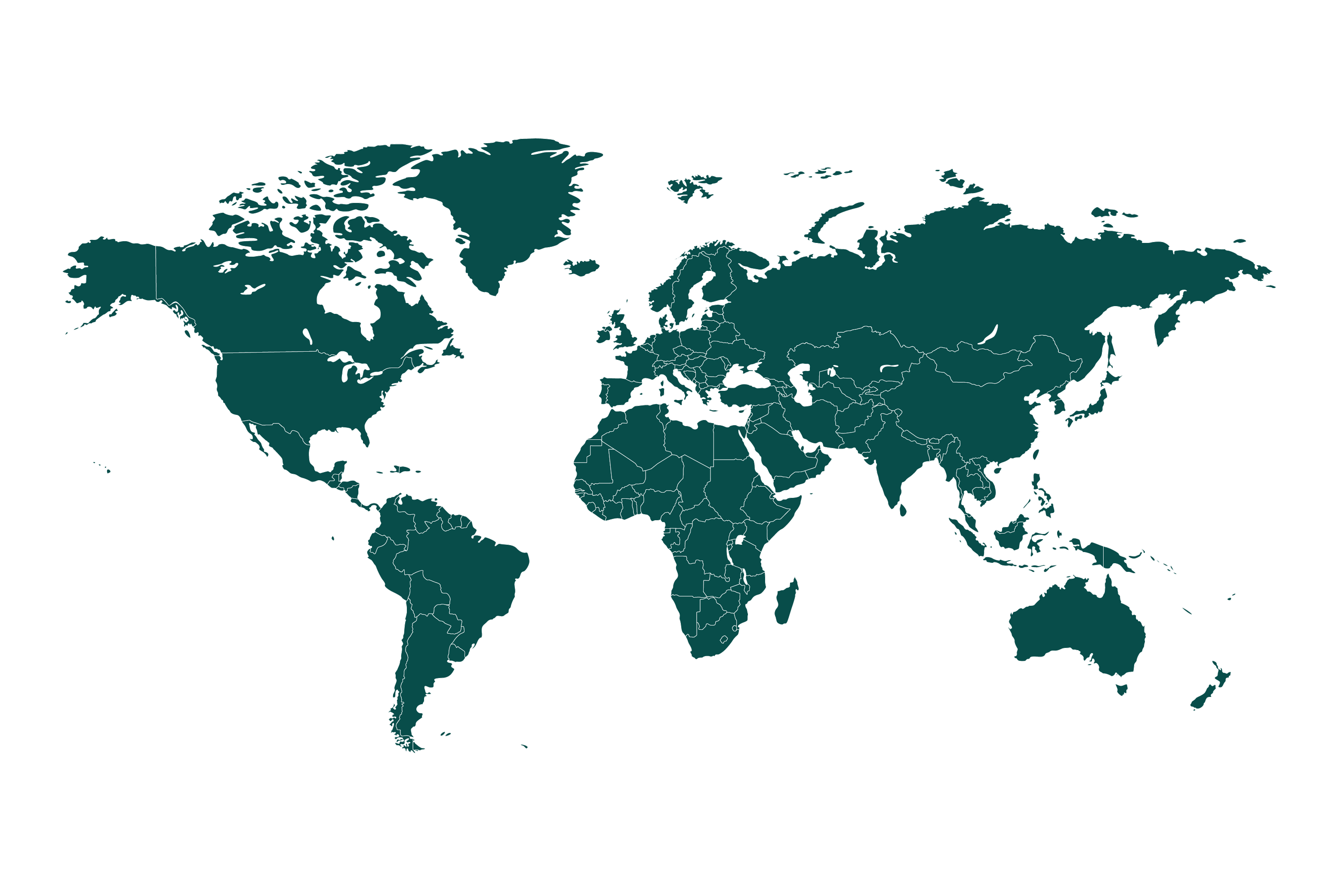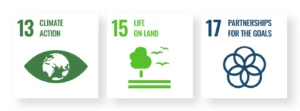What is reforestation?
Reforestation is the process of restoring forests by planting trees in areas where forests have been depleted due to deforestation, natural disasters, or land degradation. Reforestation is a key solution in the fight against climate change and biodiversity loss, as trees absorb CO₂, reduce soil erosion, protect watersheds, and support wildlife habitats.
Reforestation efforts can be natural or assisted; the latter by actively planting indigenous or climate-resilient tree species. After the reforestation works, the maintenance, monitoring, and long-term sustainable forest management are crucial.
- Afforestation – The process of creating new forests in areas where there were no previous tree covers, whereas reforestation is the process of restoring forests by planting trees in areas that used to have tree cover.
- Biodiversity – The variety of plant, animal, and microbial life within an ecosystem, essential for ecological balance.
- Carbon sequestration – The process by which trees absorb and store carbon dioxide from the atmosphere, reducing greenhouse gas levels.
- Deforestation – The large-scale clearing of forests, often due to agriculture, urbanization, or logging, leading to habitat loss and increased carbon emissions.
- Ecosystem restoration – The practice of reviving degraded environments to restore their ecological functions and services.
- Ecosystem services – The benefits provided by natural ecosystems, including pollination, water purification, and climate regulation.
- Greenhouse Gases (GHGs) – Gases such as carbon dioxide (CO₂) and methane (CH₄) that contribute to global warming and climate change.
- Indigenous tree species – Native tree species that are well-adapted to the local climate and support regional biodiversity.
- Land degradation – The decline in land quality due to deforestation, desertification, or poor land management practices.
- Monoculture – The practice of growing a single tree species over a large area, which can lead to soil depletion and reduced biodiversity.
- Natural regeneration – A reforestation approach that relies on the natural growth of native tree species without direct human intervention.
- Sustainable forestry – Forest management practices that balance environmental, social, and economic benefits while preserving forest ecosystems.
- Tree canopy – The upper layer of a forest formed by tree branches and leaves, which provides habitat and regulates temperature.
- Watershed protection – The conservation of forests to safeguard water sources, prevent soil erosion, and maintain water quality.

Belgium
- Fight climate change
- Protect & restore forests
- Support biodiversity
- Managed sustainably
- Plant climate-adapted species

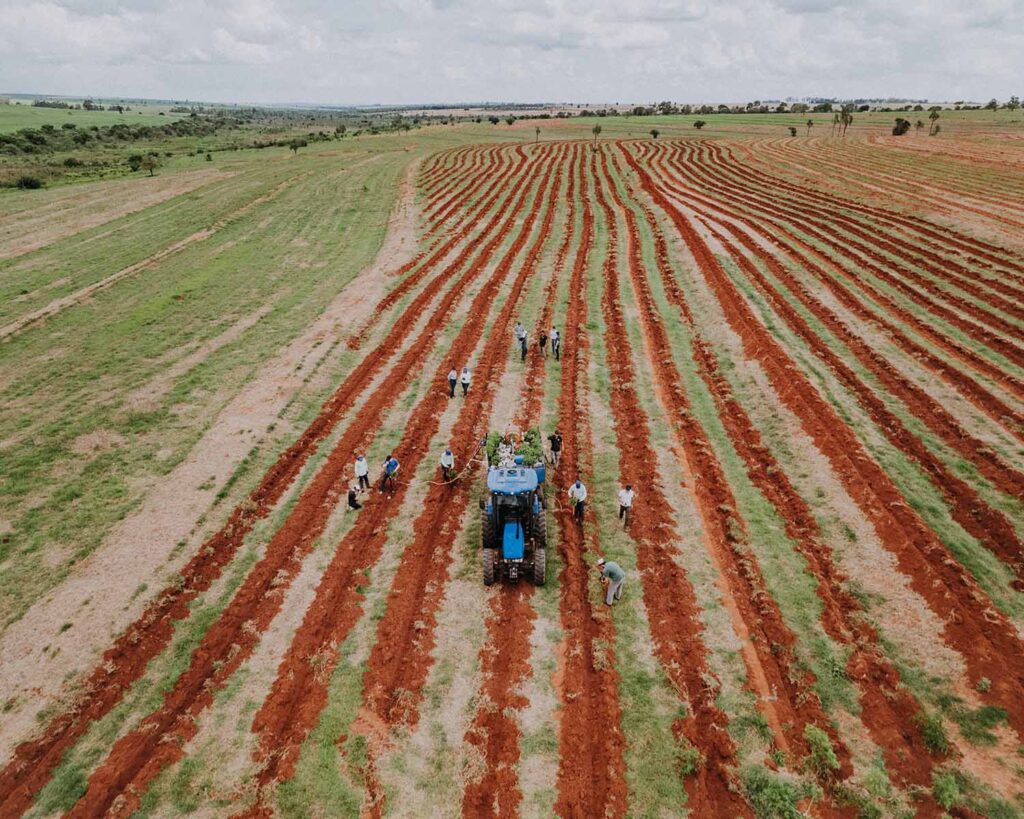
Brazil
- Restore the Atlantic Forest
- Direct seeding
- Framework planting
- Create forest corridors
- Engage indigenous communities

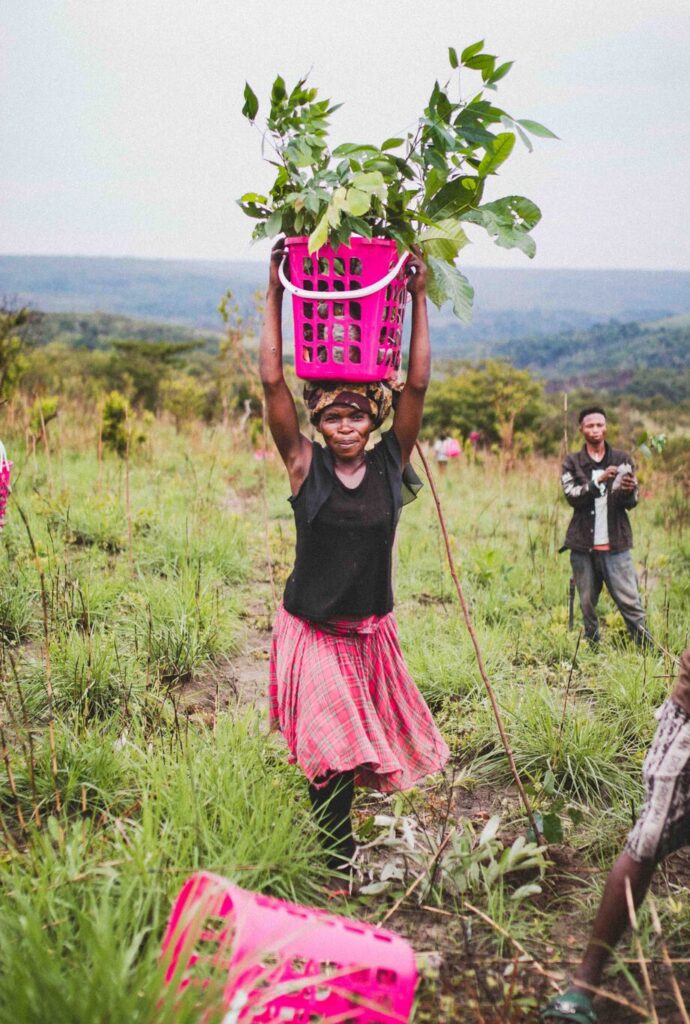
The D.R. Congo
- Restore degraded soils
- Prevent desertification
- Create jobs
- Reduce pressure on primary forest
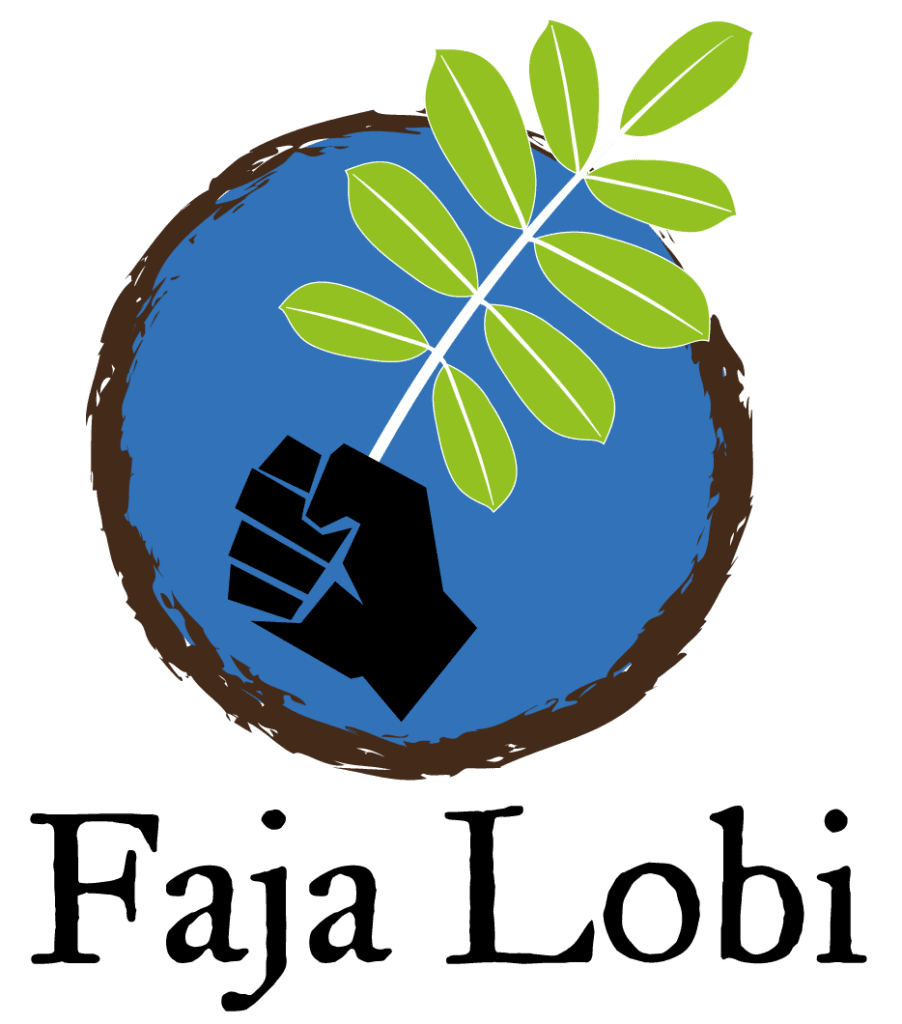

Armenia
- Fight desertification
- Combat soil erosion
- Empower local communities
- Perserve water
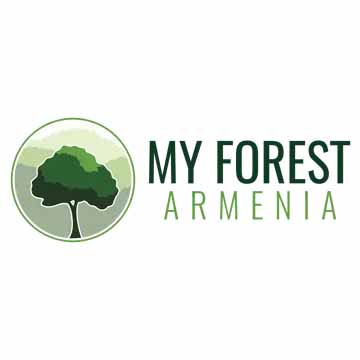
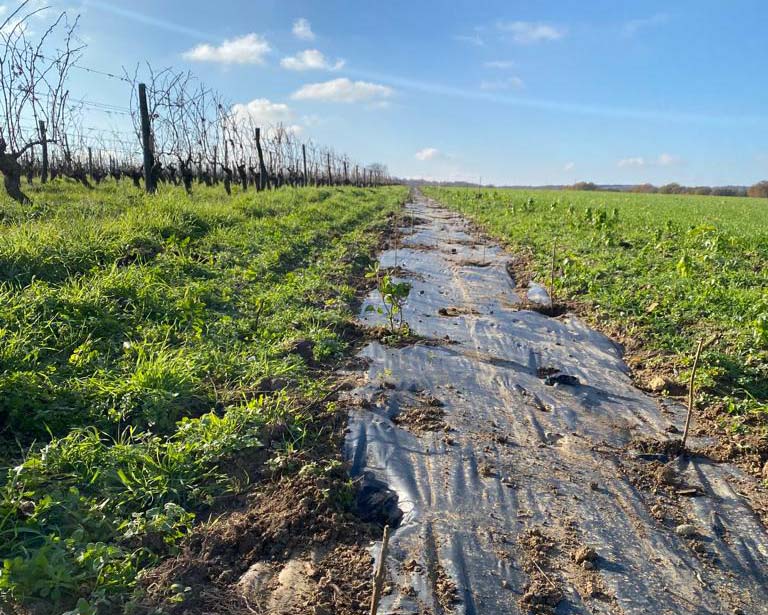
France
- Support small and medium-scale landowners
- Convert agricultural land into forests
- Enrich and strengthen forest landscapes

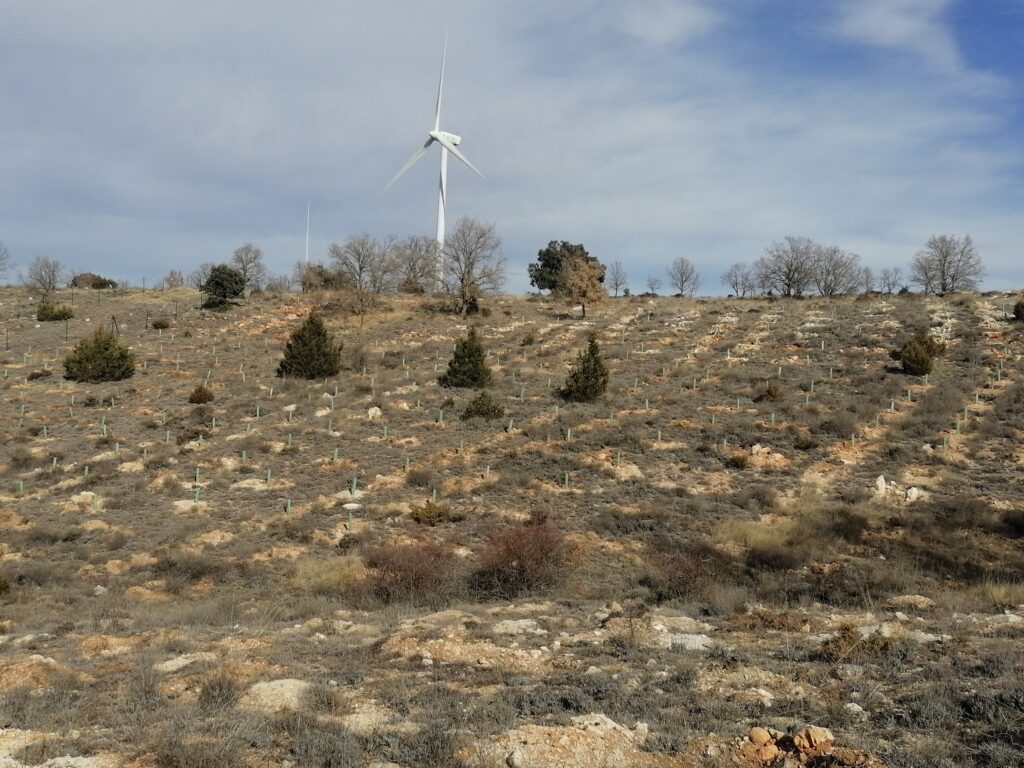
Spain
- Ensure long-term forest conservation
- Recover regions affected by forest fires
- Protect endangered animal species

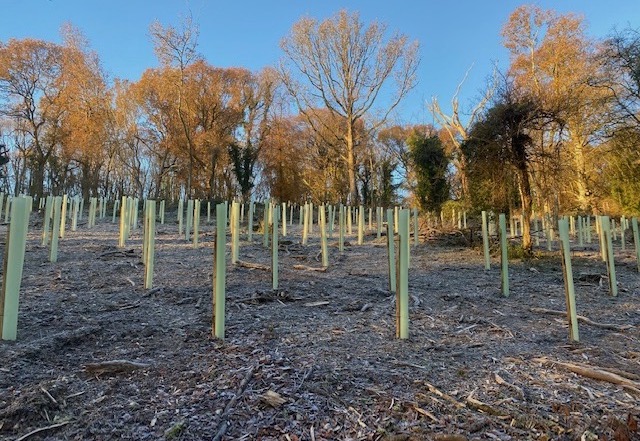
United Kingdom
- Support wildlife recovery and biodiversity
- Combat desertification
- Improve air quality
- Restore river woodlands

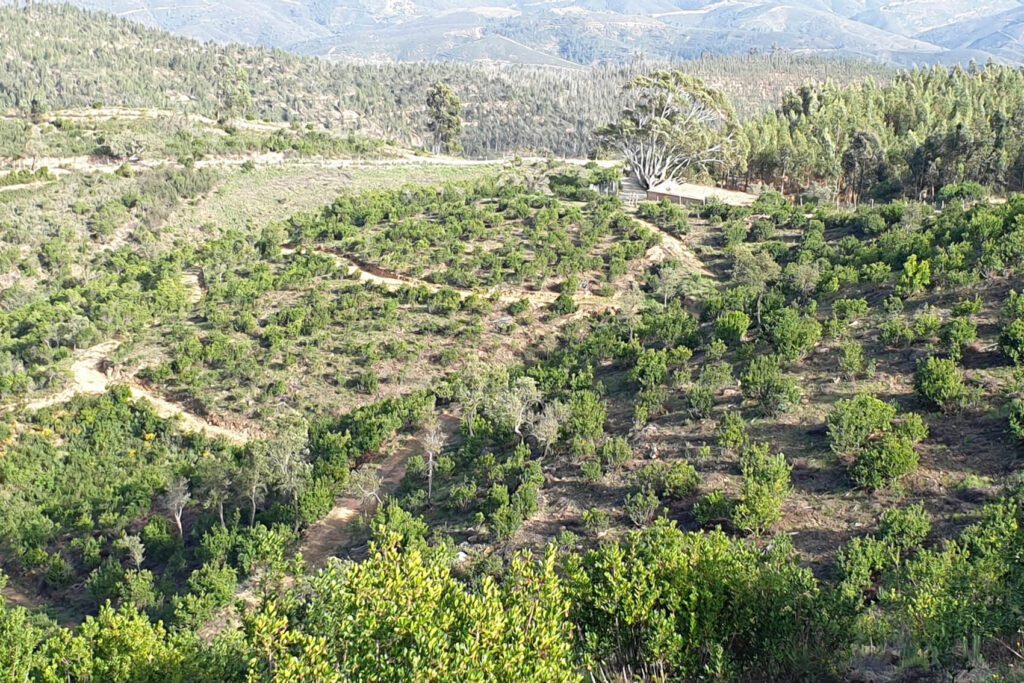
Portugal
- Reforest areas affected by wildfires
- Combat desertification and drought
- Replace monocultures with resilient forests
- Restore water cycles
- Protect wildlife

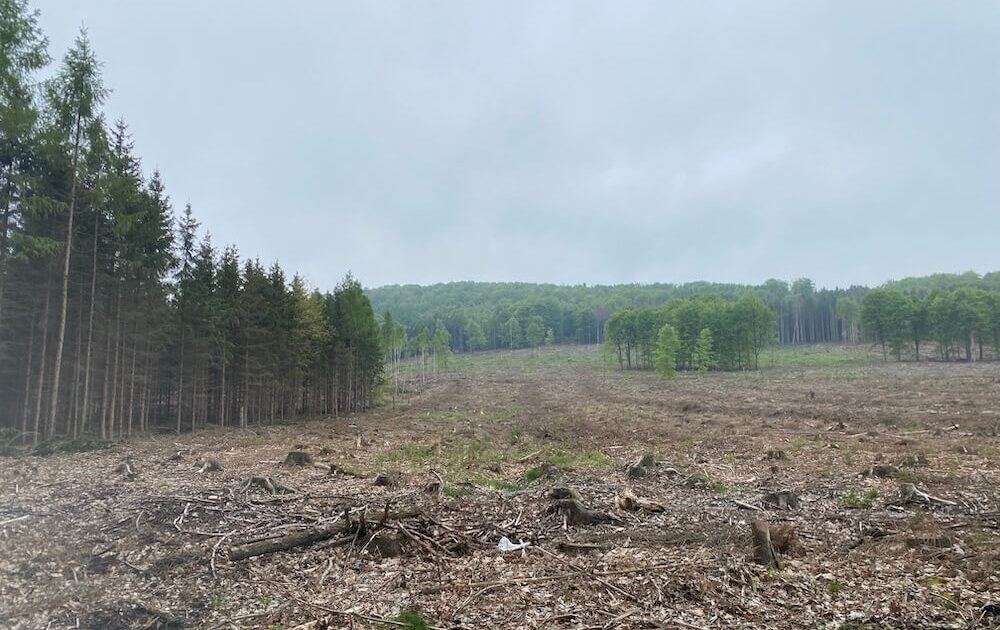
Germany
- Support climate change mitigation
- Protect habitats for diverse wildlife
- Create stable, climate-adapted mixed forests

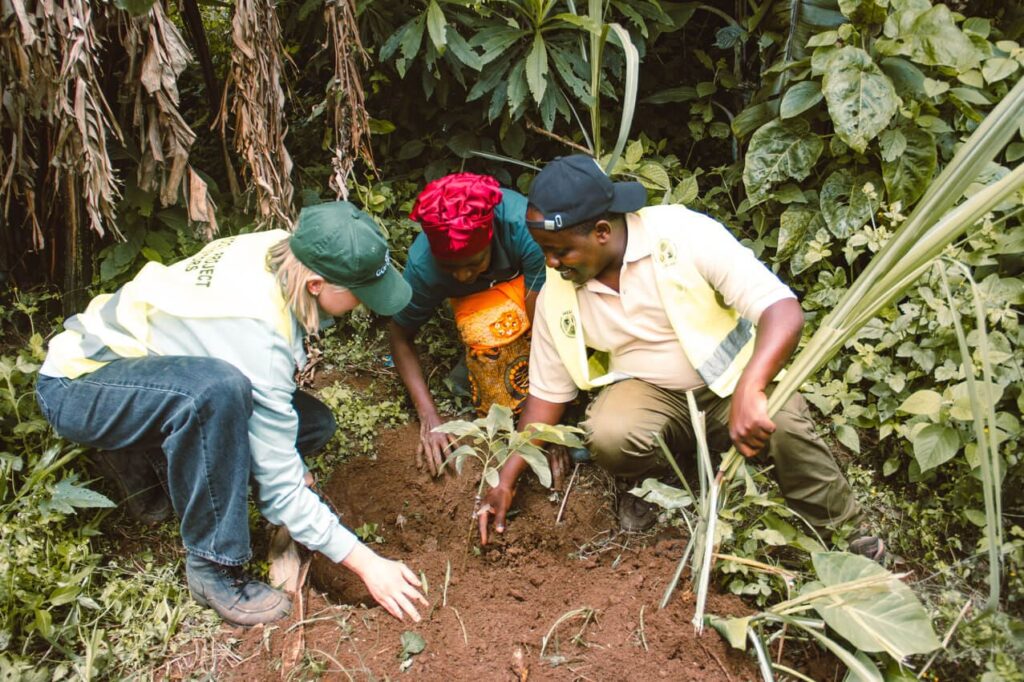
Tanzania
- Restore the Magamba Nature Forest Reserve
- Reforest areas damaged by wildfires
- Support biodiversity
- Engage communities
- Enhance eco-tourism and water supply
- Balance reforestation with agroforestry support

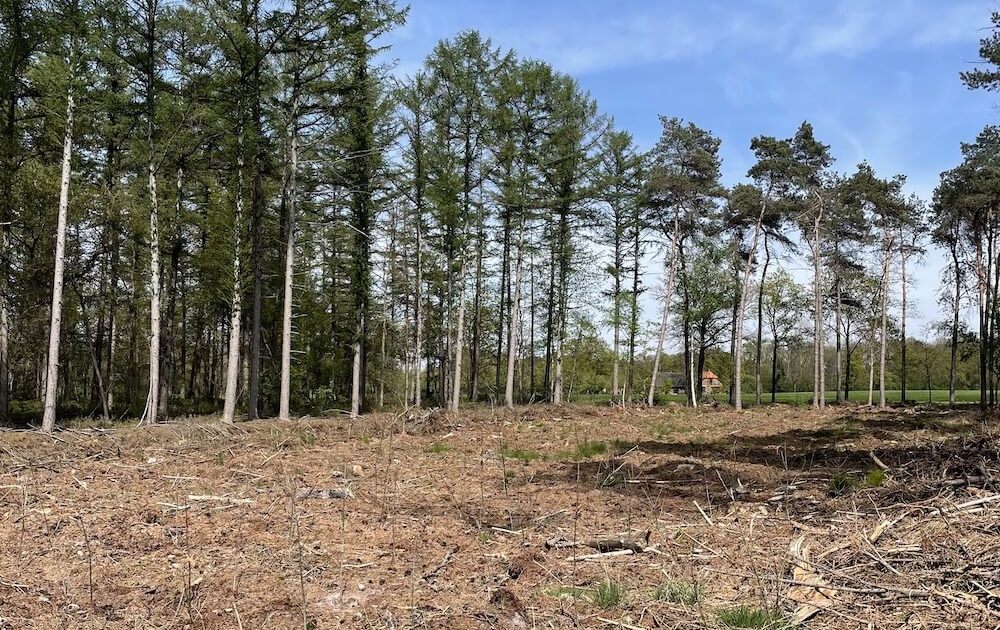
The Netherlands
- Fight climate change
- Support biodiversity
- Improve soil health
- Enhance forest resilience
- Renaturalization in monoculture-dominated regions

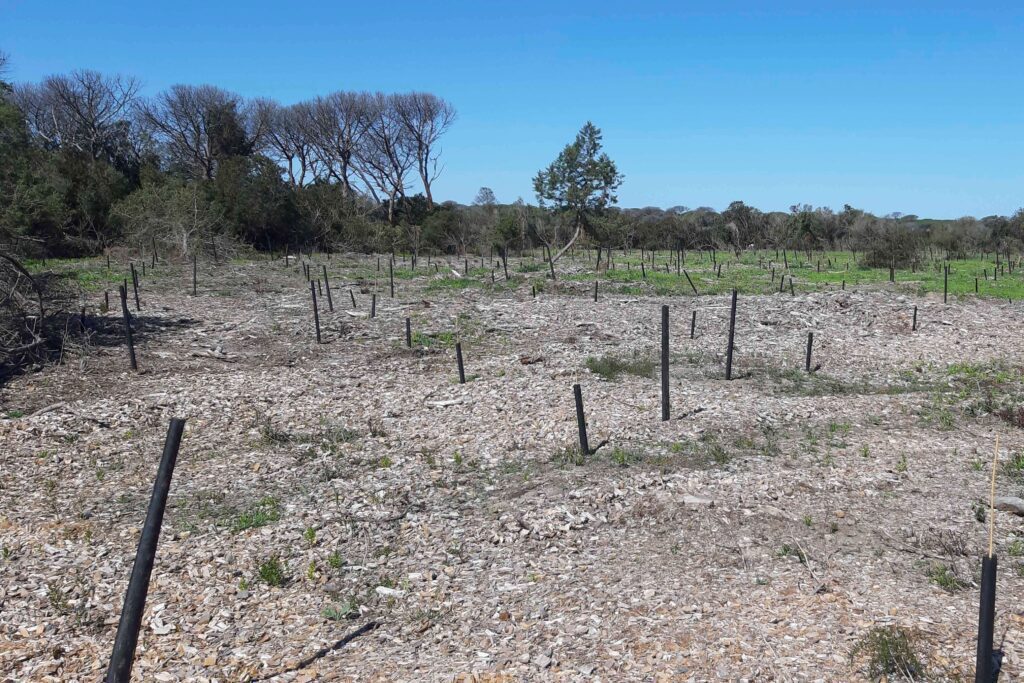
Italy
- Support biodiversity
- Wildlife conservation
- Prevent soil erosion
- Regulate water cycles

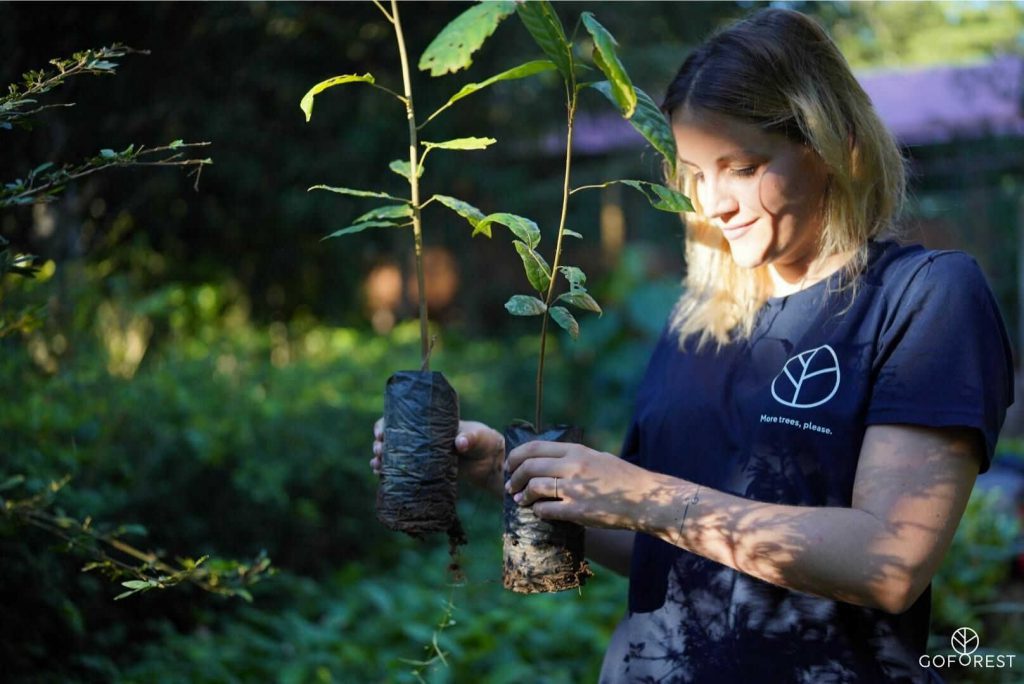
Peru
- Restore the Peruvian Amazon
- Strengthen forest communities
- Reforest degraded land
- Enrichment planting
- Reintroduce endangered tree species

- This project is currently on hold, all of the available land has been reforested.
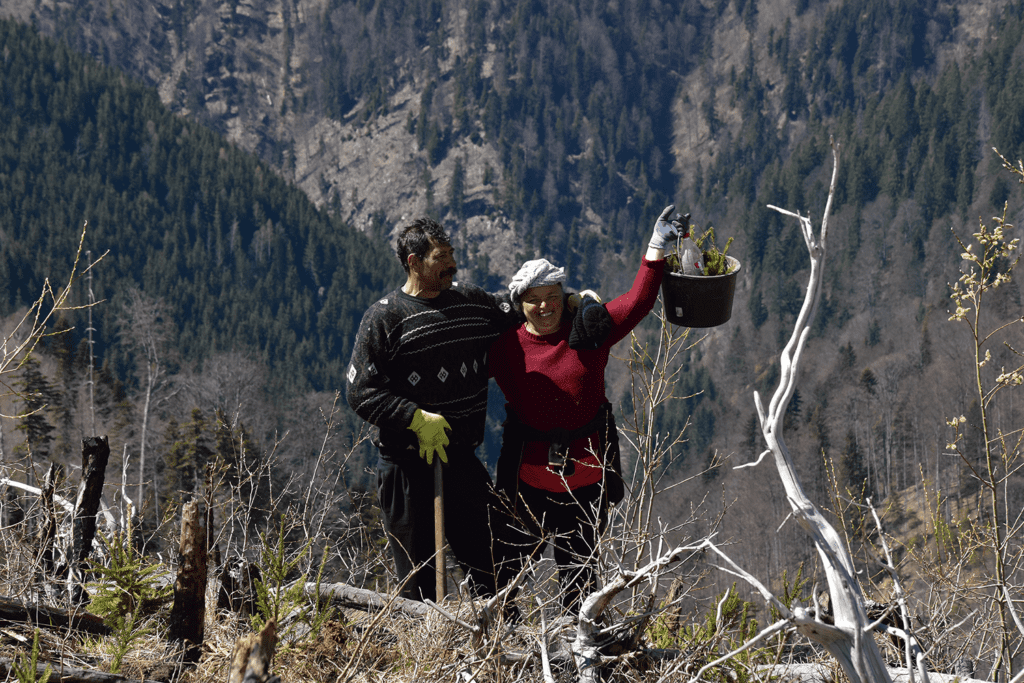
Romania
- Rewild the Carpathian Mountains
- Rebuild wildlife corridors
- Support Natura 2000 protected zones
- Encourage natural regeneration
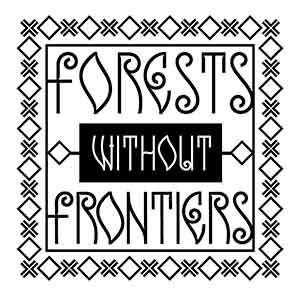
- This project is currently on hold, all of the available land has been reforested.

New project
coming soon
Can you guess where?
Other locations
We can plant in most European countries and have an international network of partners and projects, so go ahead and contact us with your reforestation ideas!

